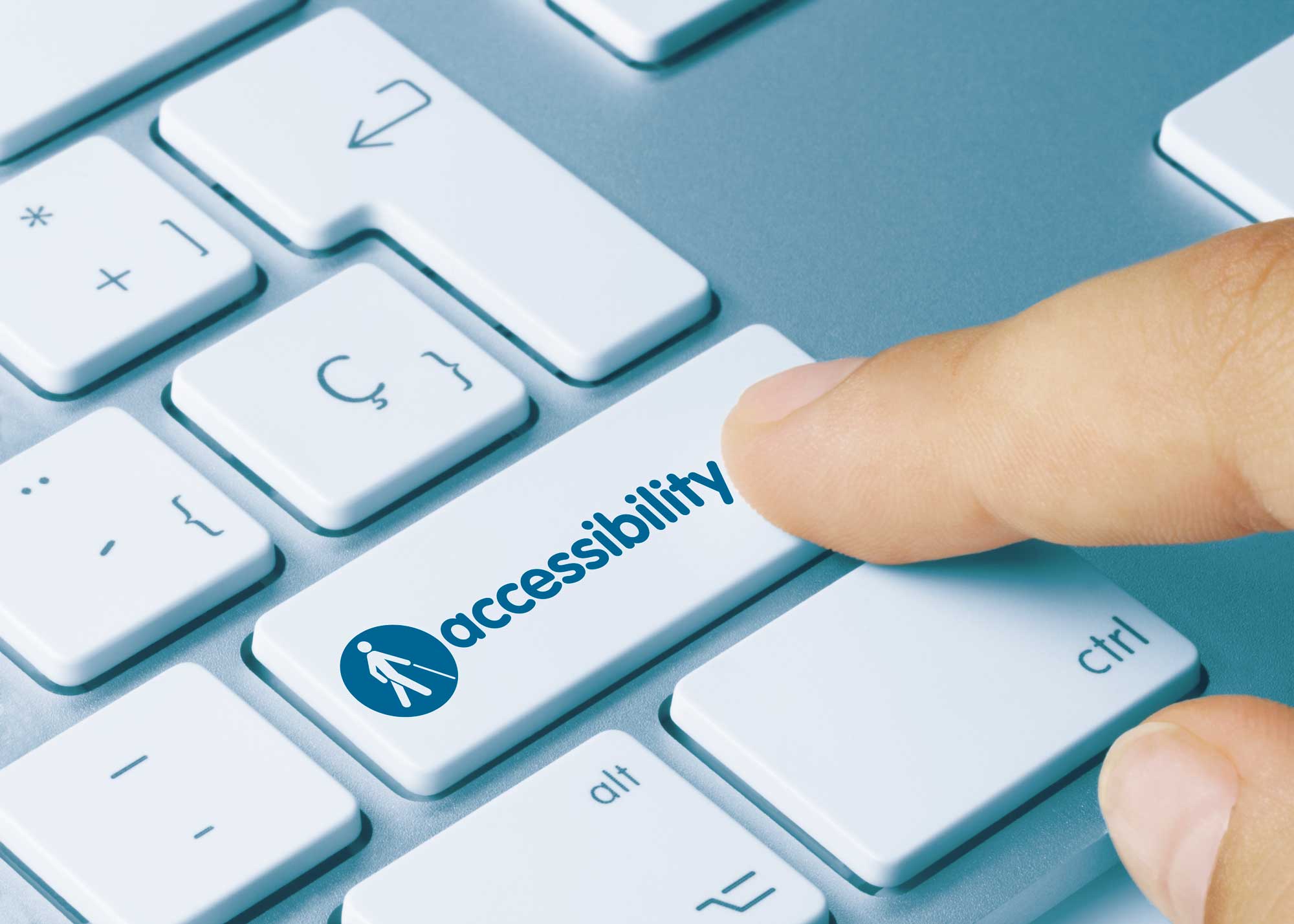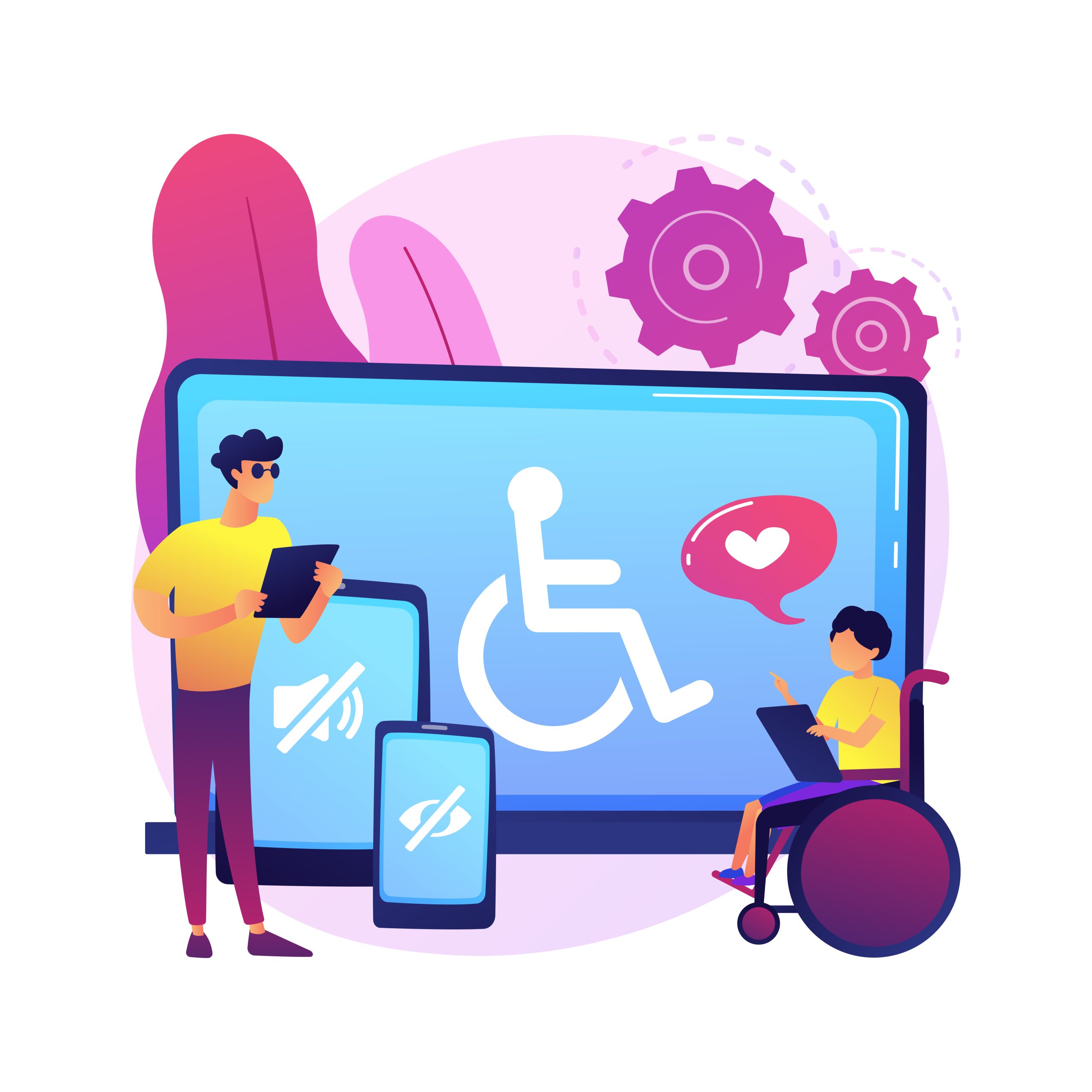In today’s world, where we heavily rely on the internet for information, services, and communication web accessibility has become an issue. It goes beyond accommodating people with disabilities; it aims to create an environment that includes everyone. I will highlight the significance of web accessibility and offer guidance on how to design websites that are both inclusive and adhere to accessibility standards.
 The Significance of Web Accessibility
The Significance of Web Accessibility
Ensuring that websites and web applications are usable for individuals with disabilities is what web accessibility is about. Disabilities can vary, such as auditory, cognitive, and motor impairments. Let us explore why every web designer and developer must prioritize web accessibility;
1. Legal Compliance
Ensuring that websites and web applications are usable for individuals with disabilities is what web accessibility is about. Disabilities can vary, such as auditory, cognitive, and motor impairments. Let us explore why every web designer and developer must prioritize web accessibility;
2. Inclusivity
Creating an environment that allows equal participation goes beyond mere legal compliance. When you make your website accessible, you ensure that individuals with disabilities are not left behind.
3. Expanding Your Audience
According to the World Health Organization, 15% of people experience some form of disability. By creating a website that’s accessible, you can make your content and services available to a more varied audience.
4. Enhanced User Experience
Numerous practices aimed at enhancing accessibility not only benefit individuals with disabilities but also enhance the overall user experience. To illustrate concise information is advantageous for people with disabilities as well as those using mobile devices.
5. SEO Benefits
Google and other search engines prioritize websites that are easy to use and accessible. You can boost your SEO by having organized HTML, text for images, and semantic markup. These elements of web accessibility can impact the visibility of your website in search engine results.
Designing Accessible Websites

Developing a website that’s easy to use for everyone is not a difficult job, but it demands careful and inclusive thinking right from the start of the design phase. Let’s take a look at some factors to keep in mind;
1. Semantic HTML
Begin by using organized and meaningful HTML. Utilize heading tags like h1, h2, h3, and so on to establish a structure for your content. Semantic HTML offers advantages not only to users of screen readers but also aids search engines in comprehending your content.
2. Alternative Text for Images
All non-text content, such as images, should have descriptive alternative text (alt text). This ensures that users of screen readers can comprehend the meaning and context of the images.
3. Keyboard Accessibility
All the interactive features on your website should be easily navigated and used using the keyboard. This is extremely important for people with motor disabilities who cannot use a mouse.
4. Contrast and Readability
When selecting color schemes it is important to ensure contrast between the colors. It’s also crucial to remember not to rely on color for conveying information. Additionally, pay attention to the font size and line spacing to improve readability.
5. Video
Provide captions and transcripts for video and audio material. This not only benefits individuals who are deaf or hard of hearing but also those who choose to consume content in a peaceful setting or can not use audio due to their surroundings.
6. Forms and Input Fields
Label your forms correctly, and ensure error messages are clear and specific. This helps users with cognitive disabilities and people using screen readers to complete forms accurately.
7. Testing with Assistive Technologies
Testing your website with screen readers, vocal recognition software, and other assistive technology will help you identify and address issues with accessibility.
8. Regular Audits and Updates
Creating a web-accessible site is a process, and you should audit your site regularly for compliance and make necessary updates as technology and standards change.
Web Accessibility
Ensuring web accessibility is not a choice but an essential element of web design and development. By prioritizing accessibility, you fulfill legal obligations and create a more inclusive and user-friendly online environment for everyone. It’s important to remember that accessibility requires dedication to staying informed about the latest best practices and evolving standards to ensure your website remains accessible for all. Ultimately accessible web design goes beyond meeting requirements; it aims to foster inclusivity and equality online by catering to people of all abilities.
Need Help Making Your Website Web Accessible?
If you’re seeking assistance to ensure that your website is not only easily accessible but also compliant with the most up-to-date web accessibility standards contact us today! We truly understand the importance of web accessibility in today’s world and are wholly dedicated to helping you establish an all-encompassing online presence. Our team of professionals possesses extensive knowledge of the intricacies involved in adhering to web accessibility guidelines and we are firmly committed to creating a user-friendly website, for all visitors regardless of their abilities.
